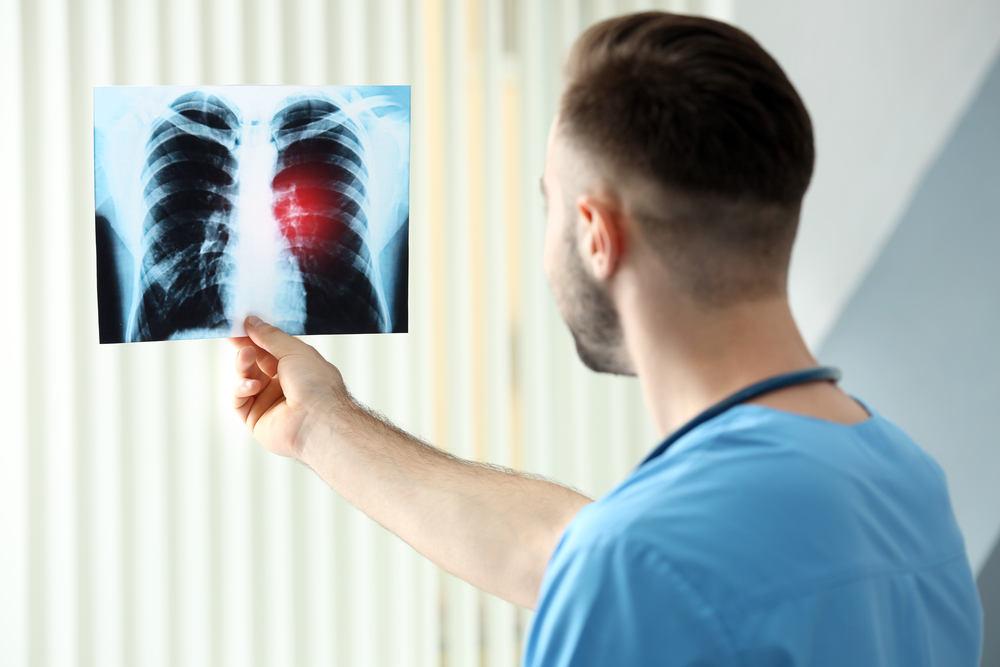Understanding Lung Cancer: Causes, Symptoms, Diagnosis, and Treatment Options
This comprehensive overview explores lung cancer, including its causes like smoking and radon exposure, early detection methods, symptoms such as persistent cough and weight loss, and treatment options ranging from surgery to targeted therapies. It emphasizes the importance of early diagnosis for better prognosis and highlights prevention strategies. The article aims to inform readers about lung cancer risks, signs, diagnostic procedures, and available treatments to promote awareness and proactive health management.

Understanding Lung Cancer: Causes, Symptoms, Diagnosis, and Treatment Options
Overview of Lung Cancer: Causes, Diagnosis, Symptoms, and Management
Lung cancer remains one of the leading causes of cancer-related fatalities worldwide, responsible for approximately 27% of all cancer deaths. Awareness campaigns have encouraged more individuals to quit smoking, aiding in prevention efforts.
Diagnosed by abnormal cell growth in one or both lungs, lung cancer often affects the lining of the airways. Tumors can be benign, which are non-cancerous, or malignant, which spread and pose serious health risks. Malignant tumors can metastasize, impacting other organs and systems.
Primary lung cancer develops directly within the lung tissue, whereas secondary lung cancer results from metastasis originating elsewhere. Below are essential insights into risk factors, diagnosis, symptoms, and treatment strategies for lung cancer.
Major Risk Factors for Lung Cancer
Cigarette smoking, including cigars and pipes, is the primary cause of lung cancer. Tobacco smoke contains carcinogens that damage lung cells and also harm passive smokers. Smoking is linked to cancers in the mouth, throat, voice box, trachea, bronchus, esophagus, stomach, colon, rectum, liver, pancreas, kidneys, bladder, and cervix.
Radon, an odorless, tasteless naturally occurring gas found in soil and rocks, can accumulate in buildings, increasing lung cancer risk. Approximately 200,000 cases annually are attributed to radon exposure, making testing homes essential.
Survivors of lung cancer, especially those who continue smoking, are at risk of recurrence. Family history also increases susceptibility to developing lung cancer.
Diagnostic Approaches for Lung Cancer
Lung cancer often remains undetected until advanced stages. Early testing is vital for at-risk individuals.
Persistent cough with blood in sputum warrants diagnostic testing, such as sputum cytology to identify cancerous cells.
Imaging techniques like X-rays and CT scans help detect early abnormalities. Further assessments like PET scans, MRI, and bone scans provide detailed staging information.
Signs and Symptoms of Lung Cancer
Symptoms vary widely and may include persistent cough, blood in mucus, chest pain, fatigue, and unexplained weight loss.
Some patients experience recurrent pneumonia or swollen lymph nodes causing chest pressure.
Treatment Strategies for Lung Cancer
Treatment plans depend on the cancer stage and patient health. Common options include:
Surgical Removal – Performed when the tumor is localized, removing the growth along with small surrounding tissue sections.
Radiation Therapy – Often combined with chemotherapy, it uses high-energy beams to destroy cancer cells, administered before or after surgery as needed.
Chemotherapy – Utilized post-surgery to eliminate remaining cancer cells, involving drugs administered orally or intravenously.
Other Modalities – Treatments like immunotherapy, targeted drug therapies, radiosurgery, and enrollment in clinical trials offer additional options.
Note: The information shared on this platform is for educational purposes and should not replace professional medical advice. Readers are encouraged to consult healthcare providers for personalized diagnosis and treatment options. The site may not cover all available schemes or treatment programs.










